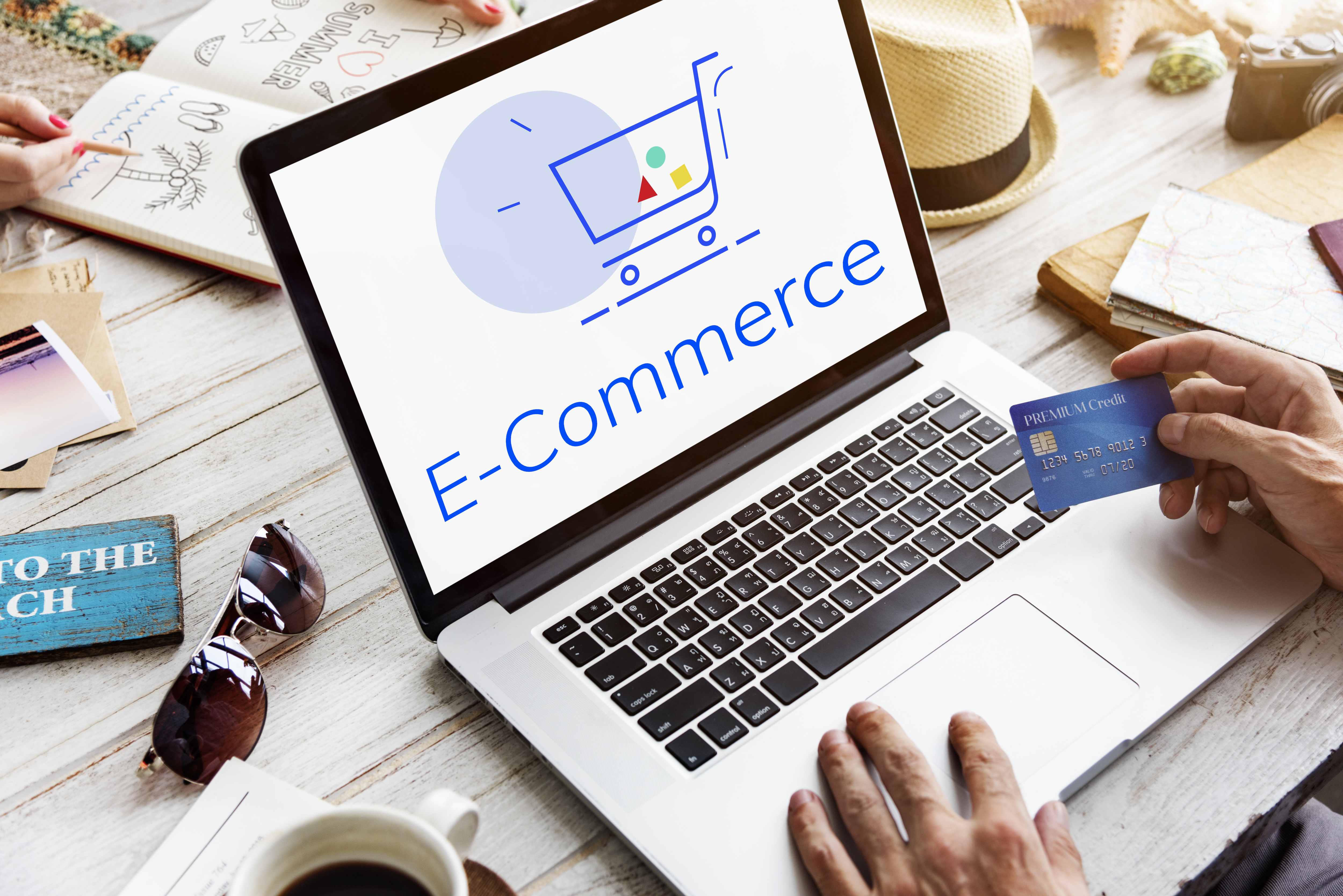Starting an ecommerce business with little to no budget might sound challenging, but it’s entirely achievable! In this guide, we’ll explore zero-cost business models, free ecommerce platforms, organic marketing strategies, and helpful tools like ZeeDrop, a versatile crosslisting tool that can streamline product listings across various marketplaces. Let's dive into the best strategies for building a profitable ecommerce venture without an upfront investment.

1. Choose a Zero-Cost Business Model
- Affiliate Marketing: Start by promoting products from other companies and earn a commission for every sale made through your referral links. Affiliate marketing requires no inventory and little setup, making it an ideal entry point for beginners.
- Print-on-Demand (POD): This model allows you to design custom products like T-shirts, mugs, and accessories that are printed only when a customer places an order. POD platforms, such as Printful and Teespring, handle printing, packaging, and shipping, so you don’t have to manage inventory.
- Dropshipping: Dropshipping involves listing products from suppliers directly on your store or marketplace without holding any stock. When a customer buys a product, your supplier ships it directly to them. Platforms like Shopify make dropshipping easy, and tools like ZeeDrop can help you expand your product listings effortlessly.
2. Leverage Free Ecommerce Platforms
Many platforms let you set up a basic store for free. Here are some great options:
- Facebook Marketplace and Instagram: Use these social platforms to list products and reach a broad audience without paying for ads. Organic posts, stories, and reels can help you reach more people.
- Etsy: Ideal for handmade or vintage products, Etsy has a built-in audience and allows beginners to start selling quickly.
- Poshmark and Mercari: Perfect for selling apparel and fashion items, these marketplaces provide user-friendly selling tools and don’t require upfront fees.
- Pinterest: With its new ecommerce features, Pinterest allows you to create a storefront and drive organic traffic to your listings.
3. Boost Your Reach with Social Media and Organic Marketing
Social media can be your biggest ally when starting with no money. Here are some free ways to drive traffic to your store:
- Create Content for Social Platforms: Instagram, TikTok, and YouTube Shorts are fantastic for showcasing products and building a brand identity. Video content, such as product reviews, unboxings, or quick styling tips, can drive organic engagement.
- SEO for Listings: Focus on SEO when writing product descriptions for platforms like Etsy or Shopify. Use keywords that your target audience is likely to search for and optimize product titles, tags, and descriptions.
- Leverage Influencer Marketing: Partner with micro-influencers who may be willing to promote your products in exchange for samples or affiliate commissions. This can increase your brand’s visibility without large ad budgets.
- Join Online Communities: Share your products in niche communities on Reddit, Facebook Groups, and forums where your ideal customers are active.
4. Use Free Marketing Tools
Several free tools can help you manage and market your ecommerce store:
- Canva: For creating product images, social media graphics, and promotional materials.
- Google Analytics: A free tool for tracking website traffic and understanding your audience’s behavior.
- Mailchimp (free tier): A basic email marketing tool that lets you collect emails and send promotional campaigns to engage customers.
- Hootsuite: For scheduling and managing social media posts across different platforms to keep your brand active and visible.
5. Maximize Efficiency with ZeeDrop Crosslister
When selling across multiple marketplaces, manually listing products can quickly become overwhelming. ZeeDrop crosslisting app, a powerful crosslisting tool, is perfect for beginners who want to reach a broader audience without the time-consuming task of individually listing items on every platform. With ZeeDrop, you can list products from any supplier to nearly every popular marketplace with just a few clicks.
Supported Platforms on ZeeDrop
ZeeDrop supports a vast number of marketplaces, enabling you to expand your business effortlessly. Here are some of the major marketplaces and ecommerce platforms that work seamlessly with ZeeDrop:
- Popular Marketplaces: eBay, Facebook Marketplace, Poshmark, TikTok Shop, Amazon, Etsy, Walmart, and Mercari
- Online Stores and Catalogs: Shopify, WooCommerce, Magento, Prestashop, Wix, and Whatnot
- Niche & Global Platforms: Grailed, Vinted, Kidizen, Wallapop, Tradesy, Shpock, and Daraz
- Regional Platforms: Gumtree, Craigslist, Kijiji, Quoka.de, Viewbid.ca, and KSL
- Social Media and Visual Commerce: Instagram, Pinterest, Tumblr, WhatsApp Catalog
By supporting over 50 marketplaces and suppliers, ZeeDrop ensures you can reach customers on virtually any platform without the headache of manually re-listing your products.
Why ZeeDrop Is Essential for a No-Cost Ecommerce Startup
- Time Efficiency: With a few clicks, ZeeDrop allows you to crosslist products across multiple platforms, saving you hours of manual labor.
- Inventory Synchronization: By managing inventory across platforms, ZeeDrop helps prevent overselling and keeps your stock consistent.
- Supplier Flexibility: ZeeDrop supports multiple suppliers, making it perfect for dropshipping from popular sources like AliExpress, Amazon, and other wholesalers.
- Affordable and Scalable: ZeeDrop’s basic plans are low-cost, perfect for beginners, and provide the flexibility to scale as you grow.
6. Monitor and Grow Your Business
- Track Your Performance: Use analytics tools on platforms like Etsy, eBay, or Facebook Marketplace to see what items are most popular. Identify trends and adjust your product range accordingly.
- Customer Feedback: Pay attention to customer reviews and feedback. Positive reviews help build your store’s credibility, while constructive feedback lets you improve your products and services.
- Optimize Listings: Periodically refresh your listings to keep them relevant. Update titles, descriptions, and images to reflect any improvements or seasonal changes.
Wrapping Up
Starting an ecommerce business with no upfront cost is achievable if you’re willing to invest time and creativity. By choosing a low-cost business model, leveraging social media for organic growth, using free tools, and maximizing efficiency with ZeeDrop, you can build a successful online business. Embrace these strategies, be consistent with your efforts, and stay open to learning—soon, your ecommerce venture will be up and running!